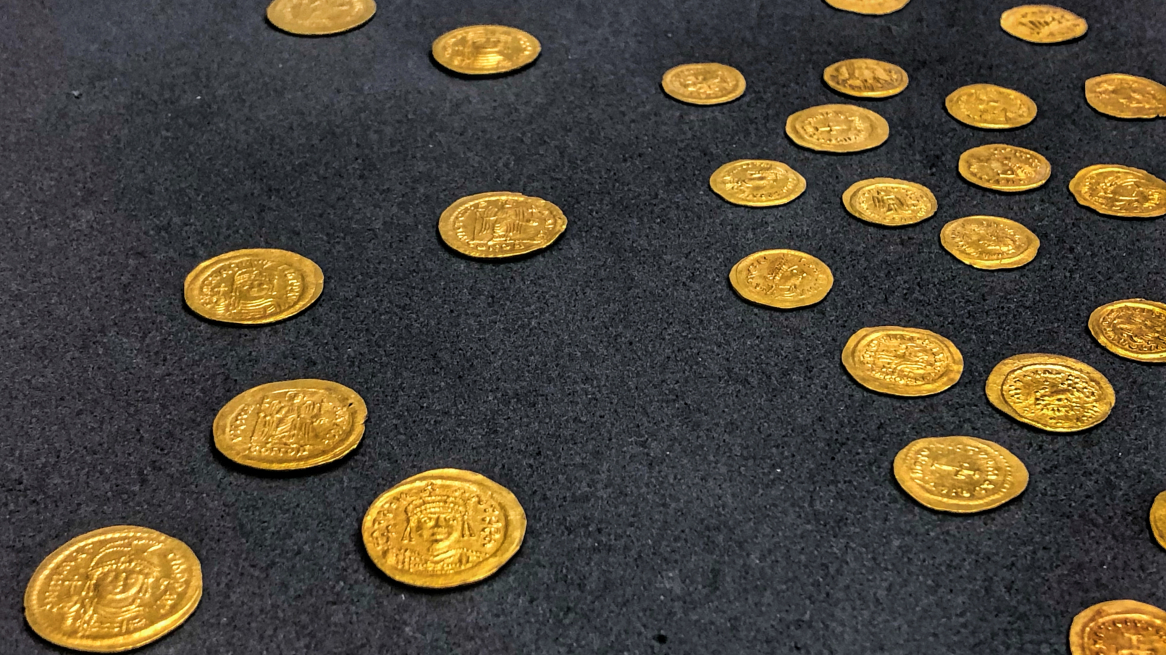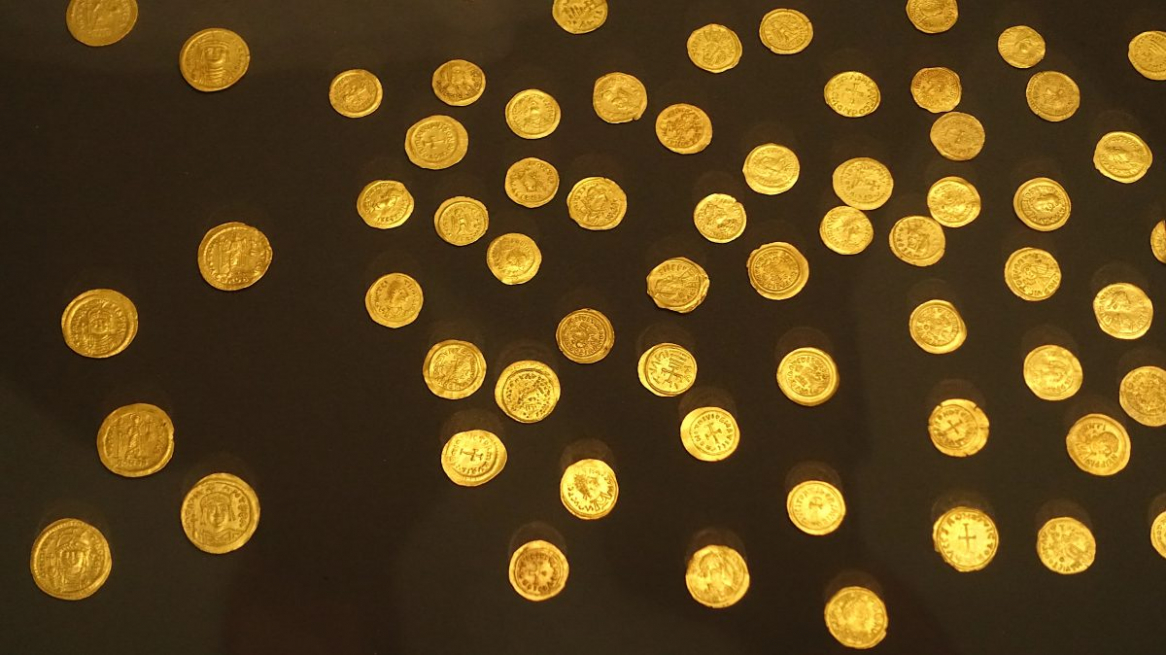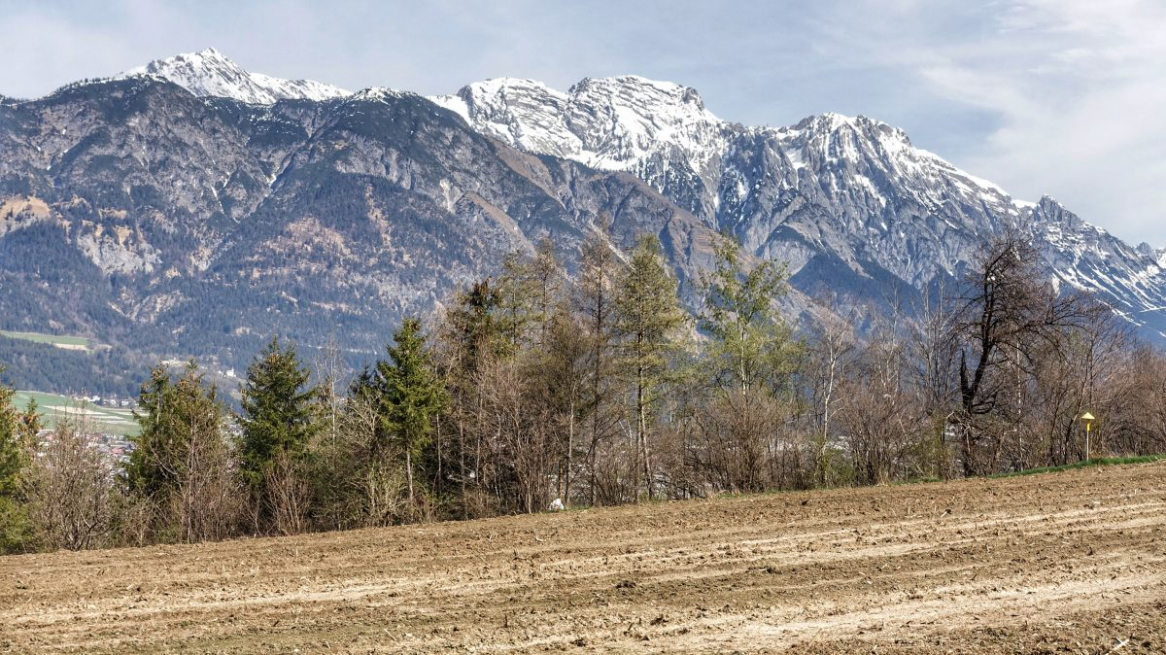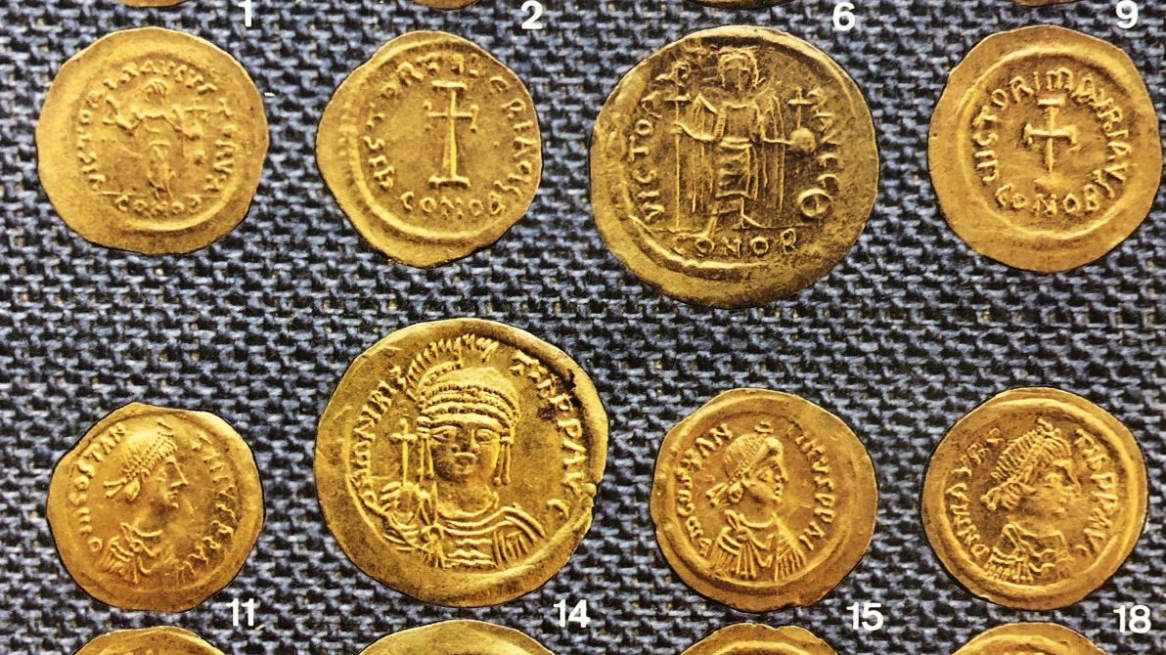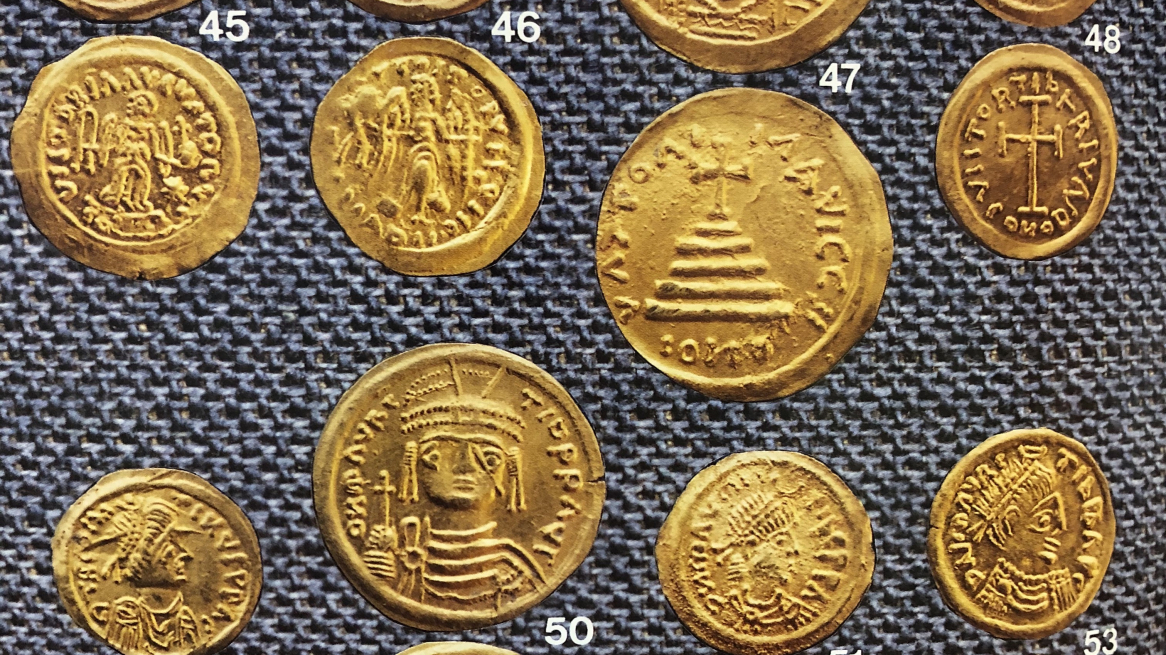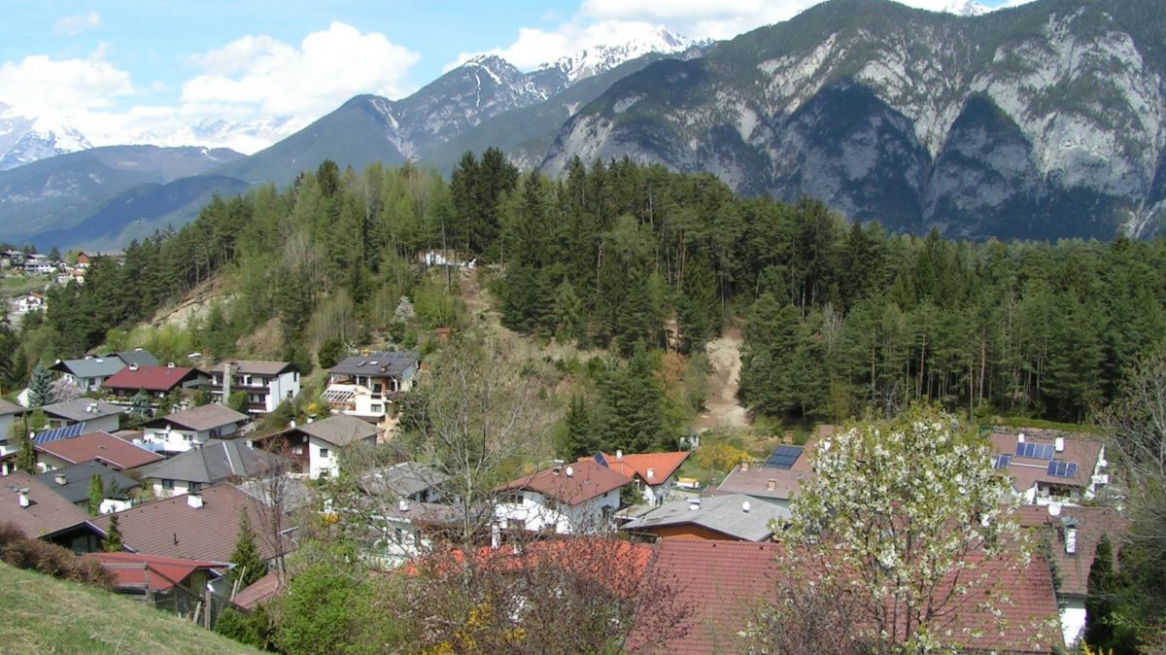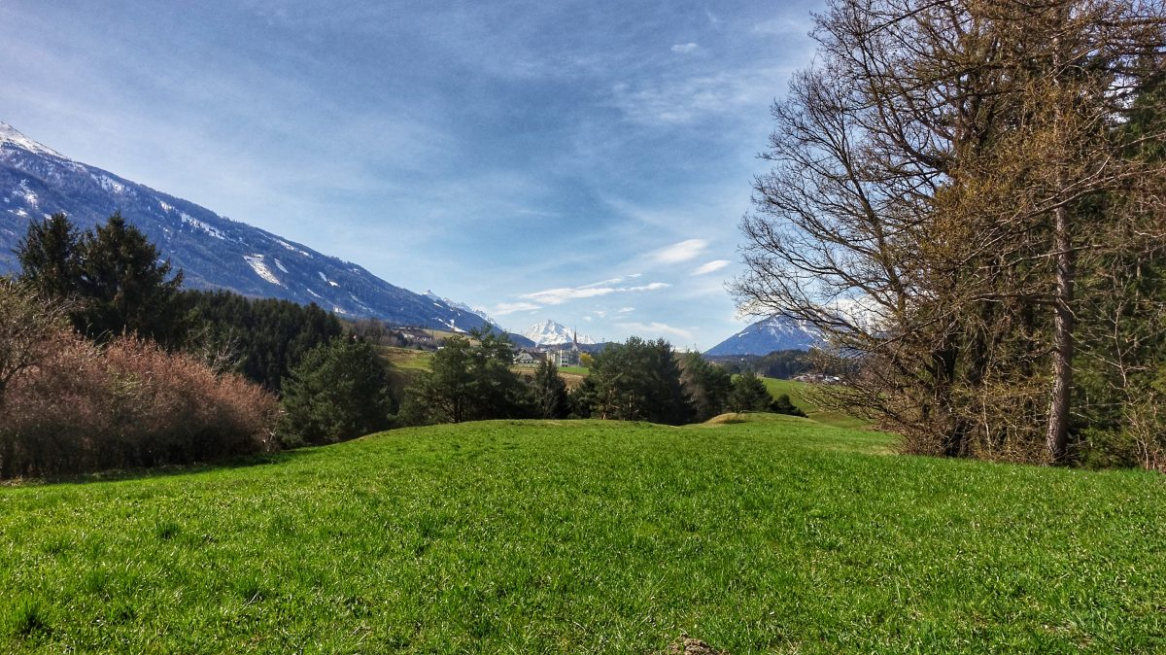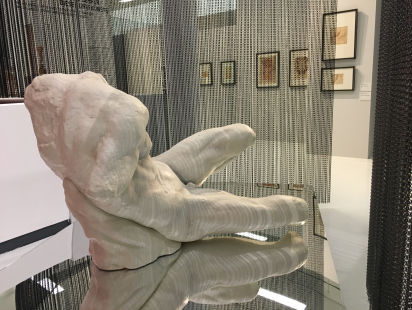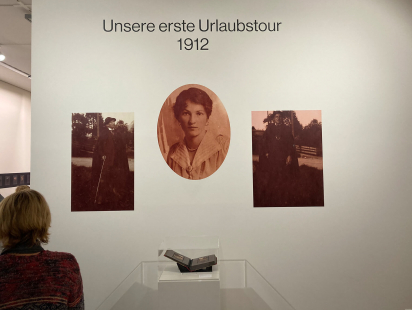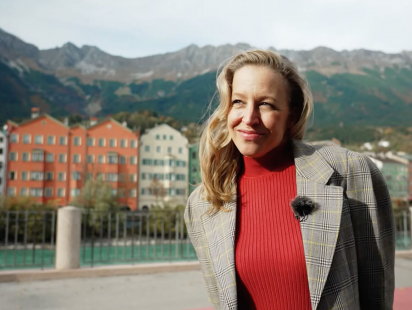This is how, and no other way, explorers imagine a big throw: Stumbling over hill and dale, a sudden, deafening whistle blows. Under leaves and grass, the treasure hunter brings gold coins out of the earth into the light of day
Exactly this dream scenario became reality for a robber-prospector in the summer of 1991 instead of lead and tin militaria from the French Wars, he found a rich treasure of gold from the early Middle Ages on a slope in Aldrans. The fact that 86 gold coins from the last third of the sixth century AD did not immediately disappear into private collections is thanks to a Viennese university professor
It is quite possible that the treasure of coins had been stirred up in the course of the excavation of a natural gas pipeline that was taking place at the time. Be that as it may: At the end of August 1991 the first rarities appeared in the Viennese coin trade. By chance Wolfgang Hahn, professor for numismatics at the University of Vienna, got on the track of the rare coins and even came into contact with the treasure hunter. At the instigation of the coin expert, the province of Tyrol even managed to buy the 86 gold coins. Today they are exhibited in the Tyrolean Landesmuseum Ferdinandeum
Quasi the treasure map to the coin find of Aldrans. Reproduced with kind permission from: W. Hahn and A. Luegmeyer, Der langobardenzeitliche Münzschatzfund von Aldrans in Tirol.
WHY DOES SO MUCH GOLD COME TO ALDRANS IN THE EARLY MIDDLE AGES?
The astonishment was great. Historical-criminalistic talent was needed to solve this mystery. Numismatists, historians, archaeologists and village chroniclers could now prove their knowledge. The decisive part in the solution of the mystery was played by Prof. Wolfgang Hahn and his colleague Andrea Luegmeyer from the University of Vienna, who sifted through the find and summarised its systematics in an interesting Publication summarized
86 COINS ARE 145.83 GRAMS OF PURE GOLD
The prospector's find consisted of a total of 86 gold coins, all of which had been minted in the last third of the sixth century AD. Seven of the coins are so-called 'Solidi'. This was the late Roman currency that had been used as a standard fine gold coin until well into the Middle Ages. One solidi had a nominal weight of 4.5 grams. The remaining 79 coins are Tremisses are called solidi and are exactly one third as heavy as the solidi, i.e. they have a nominal weight of 1.5 grams. These coins were especially prized by the Germanic tribes. So all in all there were almost 150 grams of pure gold scattered on the forest floor in Aldrans. That's quite something.
This is how the gold treasure is presented in the archaeology department of the Tyrolean Landesmuseum Ferdinandeum. ©W. Kräutler
But that was not all. Although the number and weight of the coins would have fitted quite well into a possible solution scheme, as Professor Hahn let me know. During subsequent excavations, more coins were found, a solidus and eight tremisses. They quickly disappeared into private collections. When another coin turned up, the total treasure suddenly consisted of 112 tremisses. Good advice was now expensive. Why did this small fortune turn up in Aldrans?
HALF A ROMAN POUND - FOR WHAT, ACTUALLY?
Gold was calculated in Roman pound weights at that time. The total weight of the coins found in Aldrans amounts to 163.75 grams. And that in turn is almost to the tenth of a gram exactly half a pound by weight of the Roman pound rate of 327.45 grams, as Hahn in a further study elaborates. The conclusion is obvious that the gold treasure of Aldrans must be judged by the total weight of gold. In other words: Somebody had to get half a Roman pound of gold 1430 years ago. This is a very important finding.
The site where the gold treasure of Aldrans was found lies directly on the edge of the mountain, which drops abruptly into the Inn valley. ©W. Kräutler
WHERE DID THE DOUGH COME FROM? A NUMISMATIC SEARCH FOR TRACES.
Numismatics is the scientific study of money and its history. Since every emperor wanted to introduce himself to his subjects, he had his likeness minted on coins. For numismatists, this is precisely what opens up a view into the political circumstances of the time, naming, as it were, horse and rider. The coin hoard from Aldrans obviously reflects an extraordinary historical fact: while Western Rome slowly sank into the turmoil of the migration of peoples and constantly changing power structures, Eastern Rome rose to new greatness in the shape of Byzantium or Constantinople. For this is exactly what is reflected in the find.
BYZANZ VS. ROM
After his conversion to Christianity, Emperor Constantine was drawn east. More precisely to Byzantium or - named after him - Constantinople. Rome was more or less left to its own devices and came into the crosshairs of Germanic tribes.
This is also reflected in the treasure find of Aldrans. According to the origin of the coins in the possession of the Landesmuseum, it is divided into two parts of approximately equal size: It contains 40 imperial Byzantine coins and 46 Germanic coins. The Byzantine coins come from eastern mints, the Germanic coins from mints in Rome and Ravenna. The coins are distributed chronologically among three emperors: Justin II, who reigned from 565-78, Tiberius (578-82) and Mauricius (582-602).
Parts of the gold treasure. Here you see solidi, which are the large coins and tremisses, the small coins. For those interested, the description of the solidi with the No. 6: Emperor Mauricius is shown frontally on the obverse of this 4.44 gram coin, with helmet and cuirass, in his right hand a cross globe. On the reverse Victoria with chrismon cross and cross globe. Reproduced with kind permission from: W. Hahn and A. Luegmeyer: Der langobardenzeitliche Münzschatzfund von Aldrans in Tirol.
Parts of the gold treasure. Number 47 seems interesting. The emperor looks a little frightened. It was Tiberius II. This solidi coin is very rare in Western Rome. Simply because the Germanic tribes, i.e. the Lombards, Bretons, Vindelicans and whatever the tribes were called, preferred the small coins, the tremisses. The solidi with their weight of 4.37 grams were actually only used in this country as an investment. Repro with friendly permission from: W. Hahn and A. Luegmeyer: Der langobardenzeitliche Münzschatzfund von Aldrans in Tirol.
DID 'URTIROLER' HAVE THEIR FINGERS IN THE PIE?
In order to get to the bottom of the mystery of the site, an excursion into Tyrolean history in the sixth century is necessary. Central Tyrol and the western part of Tyrol from Innsbruck onwards were settled by the Breons. The people with tribal territory also in the Wipptal and in South Tyrol were experienced in guarding Alpine crossings. And they were feared for their robberies and attacks on traders.
Using the example of the Iron Age village on the Hohe Birga near Birgitz: This is how the Breons lived.
It is remarkable that the Breons were allowed to retain their clan structure and even their language even after the Roman occupation of what is now Tyrol around 15 BC. The possible reason for this: the Romans recognised in them experienced guards of the Alpine crossings who could accurately assess the weather and dangers. They let the 'Urtiroler', whom they later called 'Räter', have their way, as this also kept robbers and neck-snatchers at bay. Initially it was only the Reschen, later also the Brenner, that the Bretons protected, after the narrows at Klausen became passable and the Brenner moved into the centre of traffic. This meant that the Romans could supply their legions in what is now southern Germany without any major problems along the shortest route I have already described an example of the fate of a Breon village during the Roman invasion of Tyrol on the Hohe Birga near Birgitz.
The Hohe Birga in Birgitz: Breonen, who were later subsumed by the Romans under the term Räter, settled here.
THE 'URTIROLER' HAD TAKEN THE 'RIGHT' SIDE
Looking at Western Rome in the sixth century AD, it had been virtually 'taken over' by the Ostrogoths, i.e. the Byzantines. Theoderic, their legendary leader, had recognized the important function of the Breons and officially assigned them the task of organizing border protection in what is now South Tyrol.
The year was 568, when the Lombards invaded Italy. And promptly, a few decades later, there was a showdown. In 590 the romansh-speaking, strengthened Franks in the form of the Merovingians started from the area of today's Graubünden - at that time Churrätien - to invade northern Italy. They literally rolled up what is now South Tyrol and conquered the Lombard forts all the way down to Trento. It can be assumed that the Breons and Bavarians were also in their entourage and gladly gave the Franks a hand. For there was booty to be made.
LOOT OR RANSOM?
The wars of that time had one primary goal: to make loot and to capture hostages, possibly high-ranking nobles or their relatives. The prisoners were excellent for extorting gold and money. This is exactly what can be assumed in the case of the Lombard defeat.
It is documented that in 591, after the lost battles, the Lombard ruler Evin travelled as far as the Frankish Empire to buy the freedom of his abducted compatriots. This is also the keyword for the treasure of Aldrans. Were Lombard emissaries perhaps also on their way here to buy hostages free? That is why experts speak of a 'Longobard coin hoard'. The question remains why they buried their possible ransom money.
The gold treasure corresponded to a value of exactly half a Roman gold pound, which today represents a pure gold value in the amount of a proud € 7,300. That was a huge sum more than 1400 years ago, at least by Tyrolean standards. At that time, however, gold was not so much intended as a means of payment. Such sums and coins served in the barbarian country rather for the accumulation of assets, were needed for jewelry purposes or were sometimes symbolic grave goods.
After the defeat of the Lombards in what is now South Tyrol, the sum of the Aldran coin hoard was either part of a divided booty or ransom for captives. There is much to suggest that the treasure was a ransom. In this context it is interesting that a castle above Trento on a hill called 'Dos Trento' could buy itself free from the Frankish-Breonian occupation for the sum of 600 solidi. For there Lombard troops had taken refuge from Frankish superiority. Today we can assume that the Breons had dragged Longobard prisoners home with them in the expectation that they would be ransomed afterwards
The Palm Hill near Ampass was already the gateway to the low mountain range in Roman times. This mystical elevation is barely 800 metres away from the place where the coin treasure was found and lies on the former Roman road. ©W. Kräutler
If we further assume that an emissary from Trent, who had been provided with the ransom, had come to the Breonenland for ransom negotiations, it is only clarified that he carried half a Roman pound of gold with him. It still remains open why he had buried the gold outside the settlements of the time His destination could well have been Ambanes, as Aldrans had been called in the early Middle Ages. Perhaps he also wanted to find the prisoners first and make sure they were still alive. However, since the treaty had not yet been conjured, the negotiator probably did not trust his negotiating partners. Compared to another ransom he could have bought 35 men with that amount of money
Another theory says that the gold delivery was intended for the Bavarian prince Tassilo, who had defeated the Lombards together with the Franks. The fact that the site of the find is very close to the Roman road which subsequently led to Vomp via Ampass and Häusern could be an indication. Perhaps some obnoxious Breons had stood in his way and made it necessary to bury the treasure hastily.
WAS THE NEGOTIATOR SLAIN IN THE QUARREL?
The fact that the gold had not been dug up again at that time suggests discrepancies in all cases. It is possible that the Breons made the negotiator's head shorter without further ado. If they had carried off captured Lombards, they made their profit in any case. Such captives they could turn to profit and sell as slaves. What exactly happened, however, we will probably never find out.
However. The fact that the coins of the largest gold treasure in Tyrolean possession and in the Tyrolean Provincial Museum Ferdinandeum can be exhibited is thanks to a looter and even more to a university professor who had the presence of mind to act.
In any case, it is worthwhile to examine the gold treasure for yourself in the Archaeology Department of the Landesmuseum Ferdinandeum.
MY READING TIP:
W. Hahn and A. Luegmeyer: The Longobard coin hoard find from Aldrans in Tyrol. Publications of the Institute for Numismatics of the University of Vienna. Published by Fassbaender Vienna. Printed by E. Becvar, Vienna. ISBN 3-900538-26-3
Metrology of the Roman pound on the evidence of the Longobard treasure find at Aldrans
Rate this article
Show me the location on the map
A volunteer at the "Schule der Alm" alpine farming school, cultural pilgrim, Tyrol aficionado and Innsbruck fan.
Similar articles
It is open until April 18, 2022 at the regional museum Ferdinandeum in Innsbruck…
It was some years ago that Roland Sila, head of the Ferdinandeum library, discovered…
On December 7, a new comedy series starring Nina Proll will start on ServusTV. "Aus die Maus"…
Innsbruck couldn't have dressed up better this October. The air is bone-chillingly cold, the view of the…

